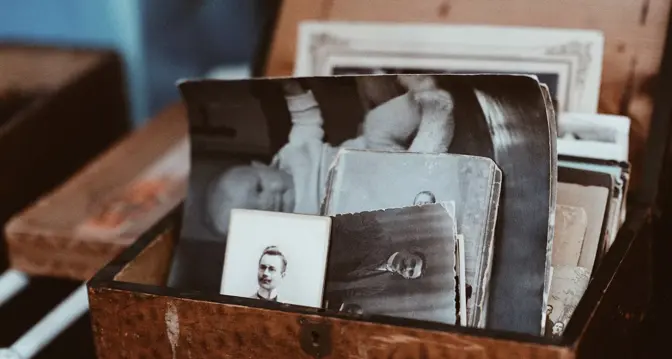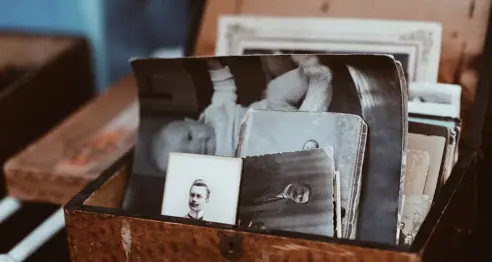When you hear the term digital preservation, it springs to mind the modern safekeeping of dusty old books, imagery, and artifacts in a library, or museum.
Yet, the modern marketer can spend time categorizing, archiving and selecting records of enduring value just as an archivist or librarian might do; so much content is being created—and reused—in the digital sphere these days, that organizations should be maintaining content both old and new, as you never know when the time may come for it to be used again. After all, nostalgia marketing has its benefits.
Nostalgia marketing
Some of the most well-known marketing campaigns have relied on a brand’s tried-and-true content to revitalize their marketing efforts and to great success. The following examples show just how valuable nostalgia marketing can be.
Toys R Us take advantage of some vintage campaigns
M&M’s create a sequel to a classic Christmas ad 21 years later
It seems now more than ever, nostalgia pervades popular culture and influences how brands sell their products. Whatever the reason, one thing's for sure: these marketing advertisements are authentic and exploit the positive feelings triggered by nostalgia, which is exactly why they have so much draw, and why it's crucial for brands to hold on to their old marketing materials.
They make a loud statement in a world full of polished and modern messages by simply existing. Any brand that can incorporate a retro throwback is sending the signal that they don’t take themselves quite so seriously.[Forbes]
Hubspot writes that nostalgia marketing “transports us back to a simpler place where our current problems don't matter and the hustle and bustle of modernity just melts away. Instead of anticipating the next great thing, nostalgia marketing urges us to focus on the things we already know are great.” Not only that, but those warm and fuzzy feelings brought about by nostalgia really does seem to captivate consumers and in turn increase their spending.
Curate that content
To make the most of this marketing strategy, you’ve got to have your digital archive readily accessible at your fingertips. That is, it needs to be tagged with metadata and accurately described so that you—or any other colleague—can find it again easily.
Keeping historical assets in your digital asset management system lets you track how many times, and where exactly, an asset has been used and when it was created. By doing this, your company has a clearer ‘helicopter’ view of the content previously created, including what worked, and what didn’t.
When you’re planning new campaigns, this historical archive can inspire new ways of repurposing or following up on the content, bringing a new breath of authenticity to your efforts.
Digital preservation
Nostalgia marketing is the fun part. It’s the easy-sell to upper management on why a DAM system is needed, but it’s not the be-all and end-all for why you should organize, tag and archive your digital assets. Digital preservation is playing the long game: it offers a strategy for your company to help protect digital files over time. Otherwise, they may become corrupt, inaccessible or useless.
Think back to the years when CD-ROM was often used for storing digital files. While there are claims that CD-ROM can potentially last for many years, the point is moot when your computer stops providing a CD drive. Nothing will ever be 100% future-proof, but choosing a medium with a long ‘shelf life’ such as cloud storage just makes sense.
So having a strategy for digital preservation is all about making sure your assets remain intelligible, accessible and verifiable over time—regardless of technology. Put simply, it means your record retention schedules specifically address digital records in your contracts, in your departmental policies, and in your day-to-day work.
A great first step would be a thorough audit of your existing content, metadata, procedures and policies to ensure your assets remain valuable for as long as possible. Also:
- Apply metadata as close to the time of file creation as possible
- Standardize metadata in your DAM system so that assets can be preserved and shared across systems (interoperability)
- Enrich archival digital assets with robust and accurate metadata for easier findability
An investment for the future
It's easy to create content for the here and now, but by having a solid digital preservation strategy in place, your digital assets can be an investment for the future, while also providing inspiration for new creative efforts.















